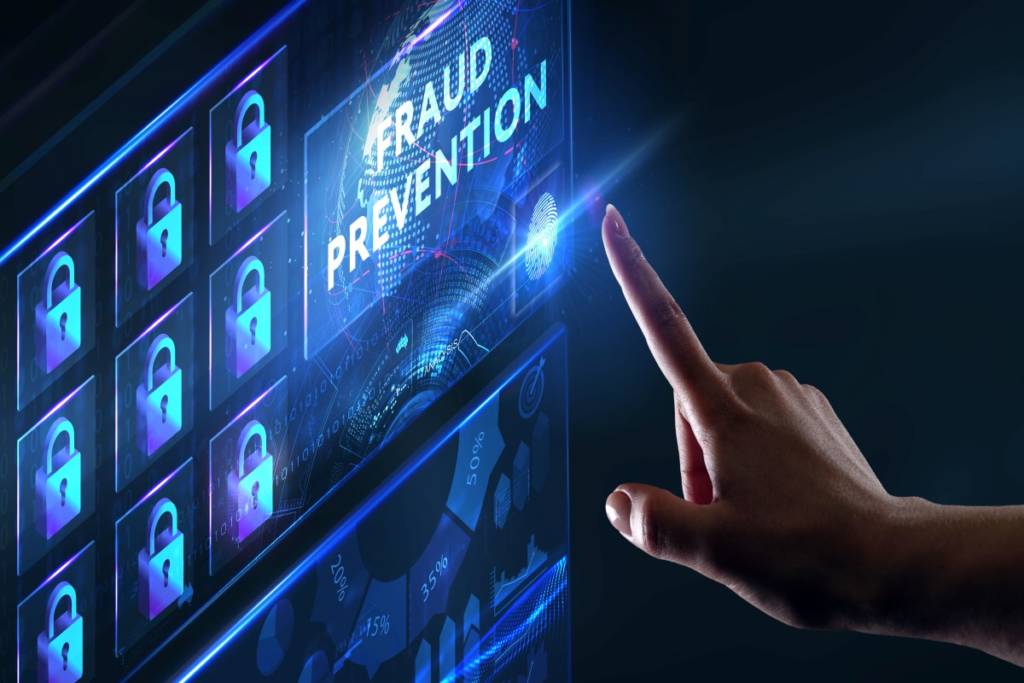Why are telcos a top target?
The increasing value of devices, fast fulfilment speeds and a growth in digital sales channels have made telcos an enticing target for fraudsters looking to make quick, easy money. Fraudsters can now obtain stolen or falsified identity information with surprising ease; enabling them to set up new accounts, or take over existing ones, to get their hands on high value devices and postpaid services. Of course, fraudsters have no intention of paying the monthly contract that ensues and they’re able to sell the stolen goods quickly, with little chance of being caught.
The telco market is highly competitive, which means that high standards of customer service are vital and friction in the buying process can quickly lead to lost sales. If you can’t provide the equipment and services that a customer wants, at the price they want, as quickly as possible, they will easily find another provider that will.
The motivators for new customers (new handsets, fast delivery, great prices and a quick digital sign-up process) are the exact same things that attract fraudsters. This often results in very cyclical fraud – with sales peaks showing a strong correlation to fraud peaks. The launch of a new handset, for instance, gives fraudsters the chance to hide their activities within the high transaction volumes as customers clamor to be among the first to get their hands on the latest tech.
This makes it even more difficult to sort the good customers from the bad, since they are often both flooding in at the same time, wanting the same things.
How can telcos tell who is who?
Both new account openings and account takeover fraud can be completed with just a few bits of stolen or fake information, such as address and date of birth. Many of the false identities used by fraudsters also use elements of a real person’s identity to increase the chances of acceptance.
This means that even with multi-factor identification, there are still plenty of ways a fraudster can successfully pass their order through a basic online or instore account-opening process. Even if the fraud is discovered through a post-transaction credit check, with next day delivery or instant in-store fulfilment now available from most providers, it’s often too late.
Telcos are left with the puzzle of how to stop this type of fraud without compromising the ordering experience for genuine customers. Clearly, telcos need the ability to check the identities being used to determine which are genuine and which are false (or being falsely used). Essentially, they need to establish the digital identity of the person behind the order. This requires a carefully designed blend of sophisticated tools and comprehensive data.
The tools for the digital identity task
Most telcos rely mainly on standard credit checks and basic customer data to approve new orders. This means that in the case of both the fraudster and the genuine customer, they’ve missed out on leveraging intelligence about that person’s broader digital footprint.
Even the best internal profiling tools don’t help much when it comes to brand new customer accounts, because they will have no existing information on file to form a view. This is why access to broader data, alongside the right analytics capabilities, is needed to build a more informed profile of each customer.
Telcos can tap into data from their payment gateway to get insight into consumer identity and behavior, but it is important that this information is captured across all channels and fed through the right fraud screening process. A sophisticated fraud prevention solution can play a valuable role in capturing data if it is plugged into payments acceptance methods both online and in-store. If that fraud screening process takes place before the credit check for a new order, telcos could potentially identify fraudsters early on and stop the process almost instantly.
Data reveals identity
To achieve this level of accuracy, captured data needs to be cross-referenced against confirmed fraud intelligence and customer behavior information from trusted external sources. This is what helps to build more accurate digital identities that lead to faster, more accurate fraud decisioning.
By running key identity markers such as card details and email addresses against a consortium database, telcos could be using that information to build more intelligent capabilities into their fraud prevention strategies – and even their approach to customer services.
For example, checking the data against blacklist and confirmed fraud from other merchants can power more confident decisions about blocking fraudulent transactions. But it can also help to build whitelists that allow telcos to offer low-risk genuine customers a different approach – this could be something simple, such as the chance to bypass certain parts of the signup process, or even loyalty offers.
In addition to using consortium data as part of the real-time screening process, this intelligence should also be used as part of a retrospective screening process. The use of up-to-the-minute information in this way can help trigger alerts back to fraud teams to spot emerging fraud trends quickly and even to stop recent orders that had previously passed fraud checks.
Consortium data can also help to inform and build sophisticated machine learning models that further enhance customer profiling and fraud detection capabilities.
Ultimately, the ability to comprehensively profile the customer behind the transaction can give telcos the confidence to accept genuine business and provide the best possible service to good customers, while reducing their fraud levels.
Learn more about ACI’s approach to fighting fraud with Incremental Learning, developed by ACI’s Data Science team to take machine learning model performance to the next level.



